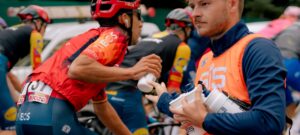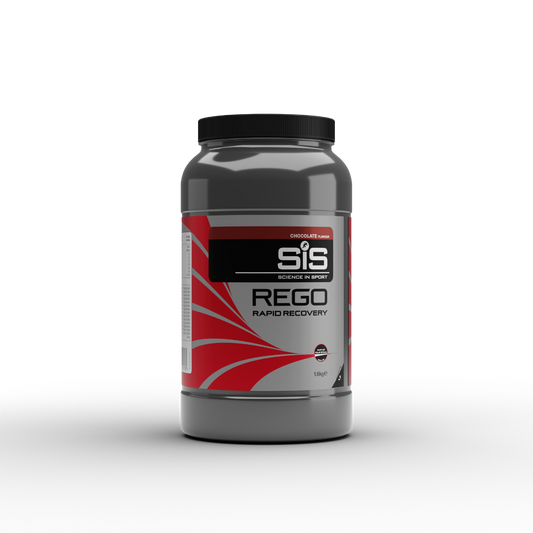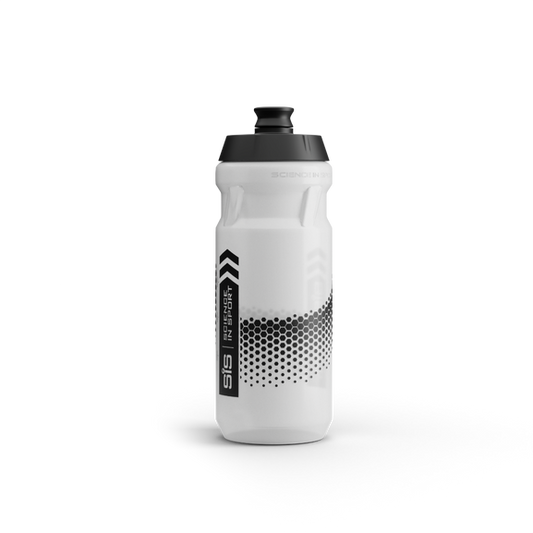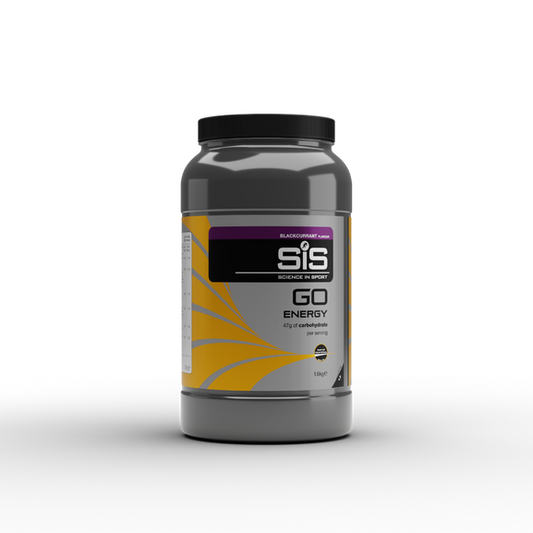Who provides foods and fluids to the riders when in intense competition? Who thinks two days head, creating forward-thinking plans for the riders in the team? Who is the shoulder to lean on for the riders as they seek mental encouragement and support?
A soigneur, colloquially known as a ‘swanny’, is the ultimate example of how so much value can go so under the radar in a World Tour cycling team. The first to wake, and the last to bed, keeping the peloton ticking over. Join us as we take a trip into the day in the life of the Marco Dzalo, one of the Soigneur’s always on hand for the INEOS Grenadiers.
MORNING ROUTINE
The morning allows time for planning the days ahead. Marco and the team spend lots of time making sure that every logistic is absolutely in place for each individual rider is key to ensuring as smooth ride as possible for the Grenadiers.
Which products are needed for the Grenadiers for today’s stage? The soigneurs need to ensure that they pack up the team cars and the rider musettes with everything needed to fuel the team for the day. Fillipo Ganna wouldn’t want to go without his favourite BETA Fuel Chews!

PREPARING FOR THE STAGE

The soigneurs are responsible for transporting the cyclists everywhere they need to be. In Grand Tours, they must navigate challenging roads amongst the Alps and the Pyrenees, often with tight schedule demands. Being a soigneur requires unfaltering levels of reliability and forward-thinking, however, also bringing a high spirit of positivity to the team is a key characteristic that supports the riders day-to-day.
While the riders prepare themselves and begin to warm up, the soigneurs prepare up to 150 bottles for the day, depending on the level of heat and stage characteristics. BETA Fuel gels are wrapped up tight against the bottles, allowing energy and hydration to be taken by the riders in a singular bundle.
Each drink includes its own unique number or marking assigned by the soigneurs, with Marco explaining: “There are quite a few different drinks available to our riders. The most used ones are 20, 40, 80, which marks the amount of carbs in each bidon, so 20 would mean we’ve added SiS race drink with 20g of carbs, 40 is with 40g of carbs and 80 with 80g. With hot weather, we also add Hydro tablets in a bidon and that’s marked as H.”


High summer temperatures mean an effective cooling strategy is crucial to keep the body’s systems under control and optimise performance over hours on the roads. Keeping fluids in bottles packed amongst iced cubes within a cool box enables a keenly anticipated ice-cold rehydration.
In extreme, blistering hot conditions such as at the Vuelta a España, the third and final of the Grand Tours, riders may face temperatures up to 40 degrees Celsius, requiring hydration to take top priority. Fluids with added electrolytes and sodium from the moment the rider wakes up increases’ hydration levels.
When the air temperature is hot, ‘slushy’ style drinks before the race will be prepared by the soigneurs. The rider’s energy drinks would be mixed with crushed ice to help get the riders fuelled and cool before the start.

Marco also describes the use of ‘ice socks’ as a cooling strategy, which “are stockings filled with ice cubes, tied into smaller pieces, big enough to fit at the back of rider’s jersey, which cools their body temperature while ice is melting. They are being distributed in feed bags at feeding stations along the course.”
Now we’re almost ready. Headphones are on, brains are in gear, and the blood is pumping. Anything the riders need, it’s down to the swannies. Stress levels in this period can be high as nerves rise, so a calm head in all the hustle and bustle is welcomed by the riders.


The team cars are packed with the pre-prepared fuel to supply the riders at the feed zones on route, and to take to the finish line.

STAGE ACTIVITY
Once everything is prepared, the swannies head to the first feed zone. Reaching this destination via crowded roadsides and passionately keen fans can be challenging. Through all of this, effective communication between the soigneurs, riders and other team members is key.
Each of the Grenadiers have radios in their ears, and therefore are informed by the team when they are close to approaching the soigneurs, so they can manoeuvre through the peloton to position themselves onto the correct side of the road and receive the musettes with relative ease as they ride past at high speed.



Inside the musette can be a range of different SiS products, largely depending on the stage characteristics, weather conditions and rider preferences. Common musette contents may include a bottle with a Hydro electrolyte tab dissolved, Beta Fuel energy gels and Beta Fuel energy chews, providing high levels of carbohydrates to the riders.
In a peloton of 176 riders at the three Grand Tours, eyeing out the incoming Grenadiers to hand their support to can be a challenge. This is especially the case in drastic weather conditions, as seen during stage two of the 2023 Vuelta, where the soigneurs as well as the riders battled the elements in severe rain conditions.
The key is to remain calm, which is what they’re best at. Continue to communicate, be patient, and the rider will come to you. If nerves begin to rise and panic sets, the chance of missing your rider through distractions is much higher.

END OF STAGE
The swannies make their way from the feed zone to the finish with plenty of time to spare as they await the riders at the finish zone. As the riders end the stage in a busy finish area, the soigneurs are responsible for manoeuvring through a crowded area, and then greet the riders with fluids, such as electrolyte drinks or the riders’ choice of sugary drink, as quickly as possible to meet hydration demands.

Once on the bus, it’s REGO recovery time. Everyone knows that rehydration and refuelling is key after a demanding day on the roads and more to come tomorrow. The swannies need to ensure that the riders’ glycogen stores are replenished with 22g of carbohydrates, along with 20g of protein to support muscle growth and repair.
This is often followed by a meal on the team bus, which the swannies will provide, as they are transferred to the team hotel. Marco says that: “Each rider has a specific amount of carbs dedicated to them, according to their weight and burned calories. Usual options are pasta, rice, or potatoes, then they choose themselves what they fancy in the moment. Besides carbs, they also get protein like grilled chicken or grilled fish.”
EVENING
Today’s stage might be over, but tomorrow’s is just around the corner. A nutritious meal high in carbs and protein from the team chef will help the rider’s bodies return as close as possible to normal state before another challenging day ahead.
Being a soigneur can be very tough and demanding, however all the hard work is well worth it when it results in success. Marco says that: “The most enjoyable thing about my role is when riders perform well, it’s kind of reward for hard work all the staff do in the background and for me that’s the best motivation to ‘go an extra mile’ for the team.”
The evening is the time for the riders to switch off from the race. Soigneurs are a great contact for talking about anything except the race and cycling, allowing the riders to experience reality, providing an ease of mind during weeks of ups and downs. While the riders switch off before going to bed, maybe reading a book or watching Netflix, the Swannies begin their evening jobs. As well as sorting the riders’ laundry and making sure all kit is ready for tomorrow, they are hard at work to ensure that every aspect of the next two days is covered, leaving no stone unturned.











